Between mid-2020 and late 2022, average gas prices in the eastern states of Australia increased four times, according to figures from the Australian Energy Regulator.
Australia is not alone: in the same period, gas prices have increased five times in the European Union (EU) and three times in America, according to commonly-accepted price indicators in these two regions.
However, Australia is alone in its policy response, with the federal government imposing last week a cap on gas prices in the eastern states of $12 per gigajoule (half the average price in November) and a mandatory code of conduct for gas producers.
The code of conduct includes a ‘provision for reasonable pricing’ (with ‘reasonable’ effectively to be decided by the government).
The government’s approach is flawed, on several grounds.
First, it seems to have given no thought to possible ways of increasing supply, the only path to a sustainable lowering of prices.
Perhaps it has not considered the view of the American economist, Milton Friedman, in the 1970s, when the world faced skyrocketing prices for oil and natural gas:
‘If you want to create a shortage of tomatoes, just pass a law that retailers can’t sell tomatoes for more than two cents per pound. Instantly, you’ll have a tomato shortage. It’s the same with oil or gas.’
Second, as the Australian Financial Review stated in an editorial of December 15, the government’s plan ‘to force gas to be sold to domestic users at a “reasonable price” is Labor reverting to its worst anti-business, pro-regulation, big government instincts’.
Note that, to date, the Australian Financial Review has broadly supported the government’s energy policy.
Third, the government is deluding itself in putting primary blame for the sharp increase in prices on ‘Russia’s war in Ukraine … exacerbated by a decade of energy-policy chaos that has left Australia more exposed than it needs to be to global-energy shocks’ (joint ministerial statement, December 9).
The government ignores perhaps the most serious problem facing the gas industry in Australia, namely, the restrictions on gas exploration and development imposed for a decade in Victoria and NSW.
Victoria imposed moratoriums on onshore gas exploration and development between 2012 and 2021. These were introduced by the previous coalition government, but strengthened by Labor as from 2014.
Victoria is considered to have the potential to meet all of its own gas needs plus some of the other eastern states’ needs.
Without the moratoriums, it is likely there would be no gas crisis in Australia now.
NSW’s restrictions have been less draconian than Victoria’s, but excessive delays in granting approval for Santos’ Narrabri gas project are now looking costly.
The importance of the project is that (in Santos’ view) it could meet up to half of NSW’s gas needs.
Writing in 2014, the company said that ‘subject to timely assessment and approvals processes, the project could start delivering gas by 2017’.
But the processes weren’t timely: approvals were finally granted in 2020, with first production not expected until 2026.
And will Santos even give final approval to the project while the present government is in power?
Commenting last week on the government’s legislation, the company’s managing director (Kevin Gallagher) said:
‘…this Soviet-style policy is a form of nationalisation … every business owner in Australia should be alarmed at what the federal government has done. If it doesn’t like your business, your profits or the prices you charge for your products and services, it will regulate you’.
The quickest likely way for gas supplies to be increased is through purchases of liquefied natural gas (LNG) from WA or overseas.
In this context, an LNG import facility is at an early construction stage at Port Kembla in New South Wales, while another is planned at Geelong in Victoria.
However, with price caps in place no LNG producer in Australia or overseas will consider selling to the eastern states and no LNG import terminal will be completed, as it would be hopelessly uneconomic.
Furthermore, the Port Kembla facility is in the hands of Squadron Energy, controlled by Dr Andrew Forrest, chairman of Fortescue Metals Group and its green-energy subsidiary, Fortescue Future Industries.
Dr Forrest supports the government’s legislation, commenting that, ‘We cannot allow fossil-fuel companies to present themselves as the only reliable energy source while continuing to exploit Australian households. We have gullibly swallowed this line for too long.’
Is he the person to rescue the eastern-states gas market? If not, should the government nationalise Squadron Energy (Dr Forrest may be a willing seller) and ensure LNG imports can take place within, say, 12 months?
And should it push the Victorian government to start encouraging gas development?
Without government-policy changes, Australia faces the risk of serious gas shortages.
Brian Wawn runs Energy Bureau, a non-profit organisation committed to promoting discussion of climate change and related energy policy.
Got something to add? Join the discussion and comment below.
Get 10 issues for just $10
Subscribe to The Spectator Australia today for the next 10 magazine issues, plus full online access, for just $10.

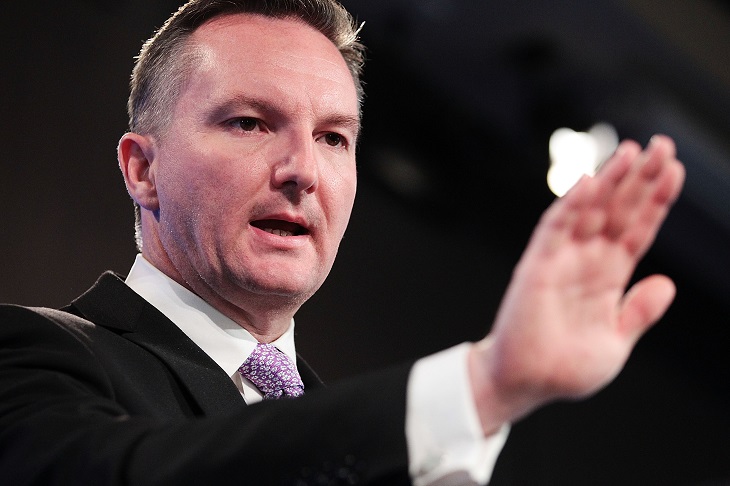
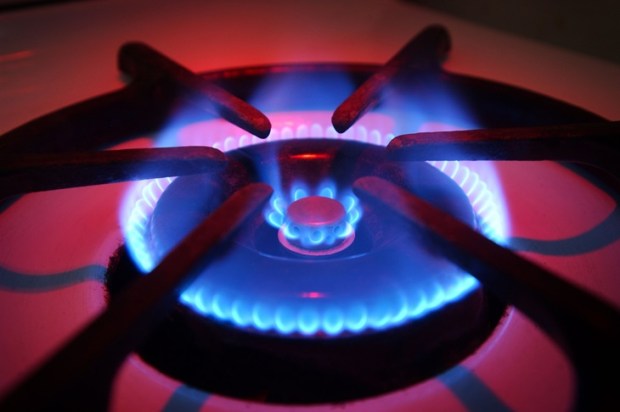
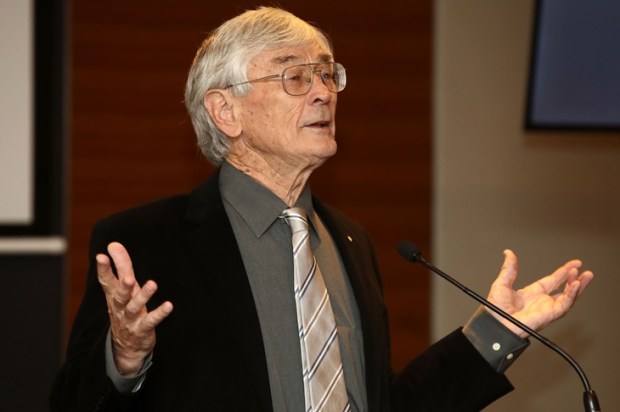
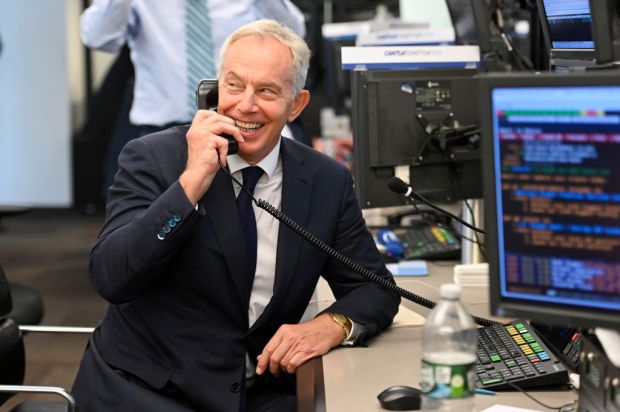
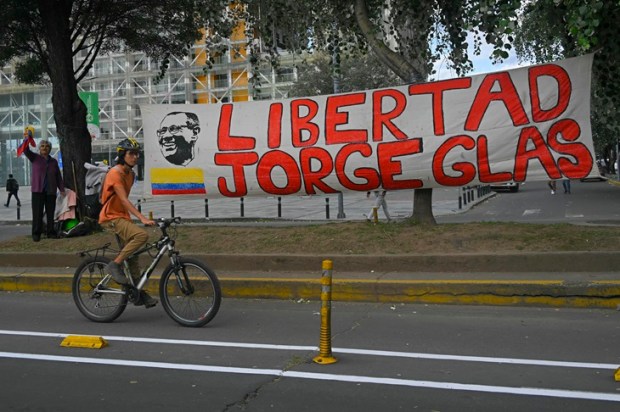
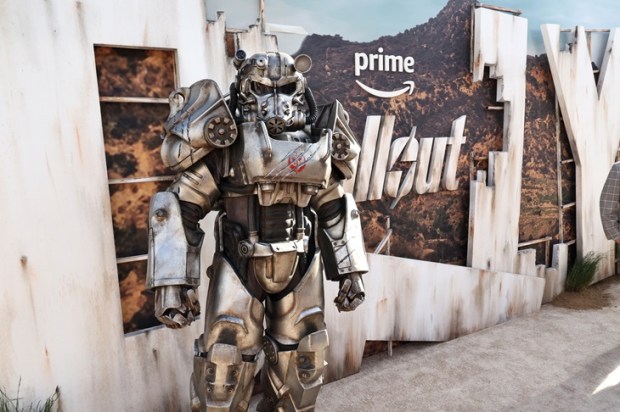
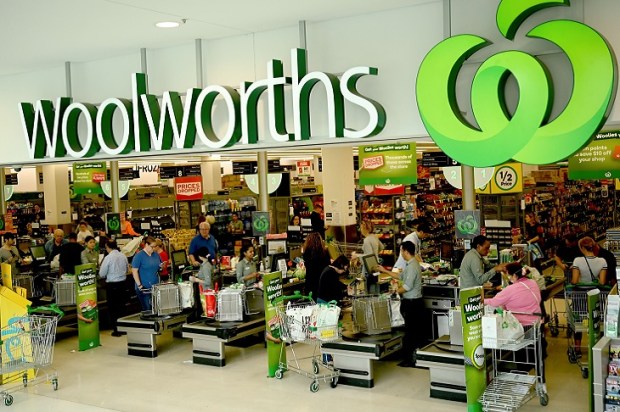






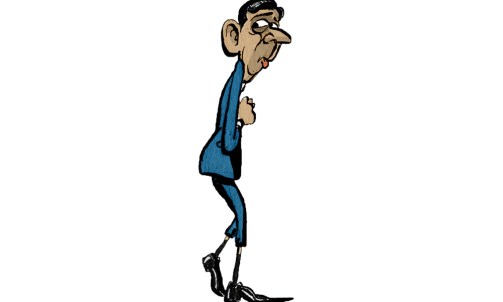
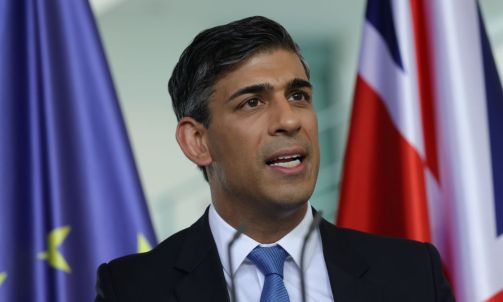
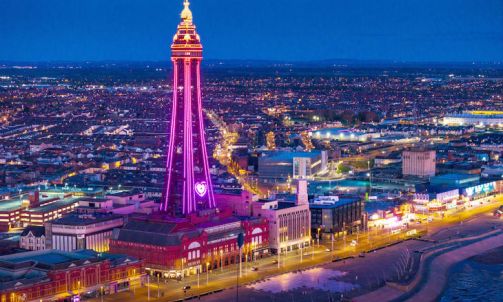
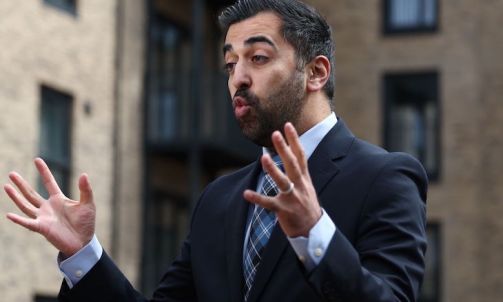
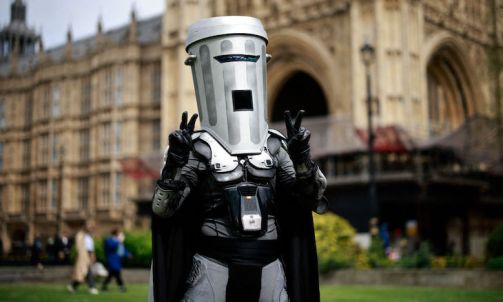
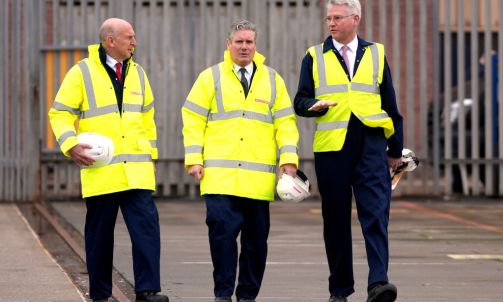






Comments
Don't miss out
Join the conversation with other Spectator Australia readers. Subscribe to leave a comment.
SUBSCRIBEAlready a subscriber? Log in